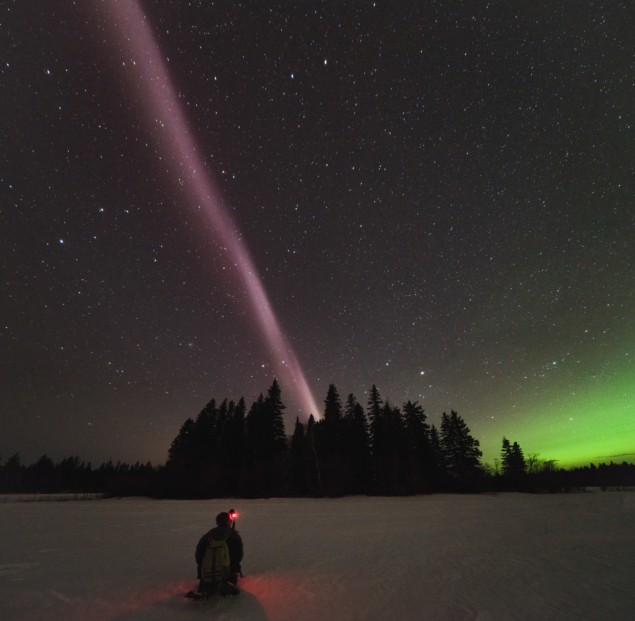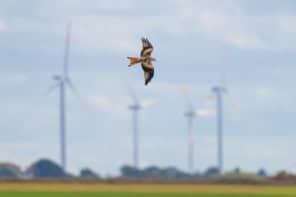
Back in 2016, the Alberta Aurora Chasers Facebook group brought a new atmospheric phenomenon – a narrow band of purple and white light – to the attention of scientists. Now, a team from the US and Canada has found that such STEVE events are probably not caused, as auroras are, by charged particles precipitated into the upper atmosphere. Instead a new ionospheric mechanism may be responsible.
“Our main conclusion is that STEVE is not an aurora,” says Bea Gallardo-Lacourt of the University of Calgary, Canada. “So right now, we know very little about it. And that’s the cool thing, because this has been known by photographers for decades. But for the scientists, it’s completely unknown.”
Cassini's emotional countdown, Steve the light show, shooting hoops 'granny style'
To come up with this finding, the team used All-Sky Imagers based on the ground in eastern Canada and data from a NOAA Polar Orbiting Environmental Satellite (POES) that happened to cross a STEVE event on 28 March 2008 at the centre of the All-Sky Imager field-of-view. The light from this STEVE covered roughly 1000 km from east to west but was only tens of kilometres wide. An aurora had appeared beforehand.
The POES-17 satellite did not detect any charged particles raining down to the ionosphere during the STEVE event, indicating it was probably produced by an entirely different mechanism. The team has dubbed STEVE a kind of skyglow, rather than an aurora.
The first research paper about STEVE was published in Science Advances in March 2018. That team, which included Gallardo-Lacourt, found that there was a stream of fast-moving ions and super-hot electrons passing through the ionosphere where STEVE was visible. It wasn’t clear, however, whether these particles were responsible for producing the event.
STEVE was originally named after the 2006 animated film Over the Hedge in which animals call an unknown object Steve to make it less scary. Later scientists proposed a backronym, with the letters standing for Strong Thermal Emission Velocity Enhancement.
Next Gallardo-Lacourt and colleagues plan to investigate whether the streams of fast ions and hot electrons in the ionosphere create STEVE’s light, or the light comes from higher up in the atmosphere. To fully understand STEVE’s secrets they will need particle measurements from more STEVE events.
Gallardo-Lacourt and colleagues reported their findings in Geophysical Research Letters.
- This news article is based on a press release from the American Geophysical Union.



